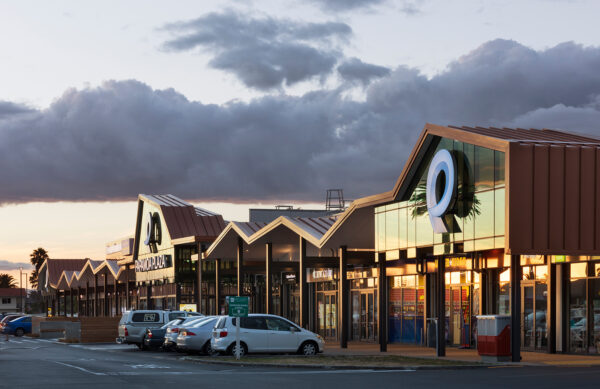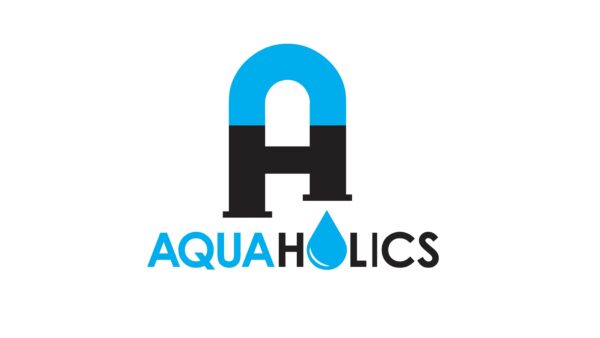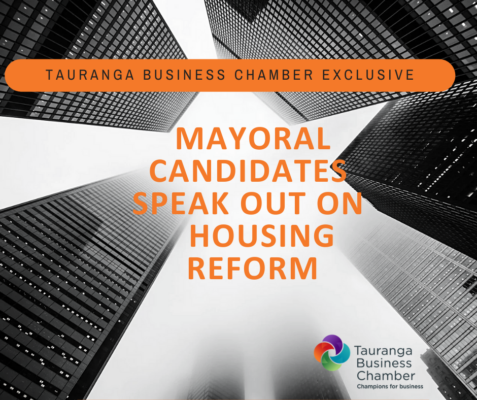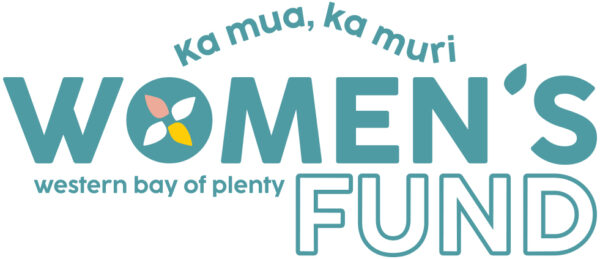PMG Funds chief executive officer and vice president of the Bay of Plenty branch of Property Council New Zealand, Scott McKenzie, looks at how the commercial property sector has fared under the impacts of COVID-19.
Since March 2020 and New Zealand’s initial Level 4 lockdown there has been much commentary out there about how the health and corresponding economic crisis will impact commercial property in New Zealand; many have been less than glossy.
But what we do know is the NZ economy, and the commercial property sector, was in a good position going into lockdown:
- Government debt was low, at only 20% GDP; much lower than pre-2007 Global Financial Crisis (GFC).
- Listed property vehicles had gained 32% in 2019, with 17.5% down by end of May 2020, representing a rebalancing from significant uplift last year. While this rebalancing was predicted to happen in 2020, prior to COVID-19, it’s happened faster and sharper than expected.
- Vacancy in prime office (Auckland 6% vs 14% in GFC) (Christchurch 5.7% vs 10%) was at an all-time low.
- New Zealand banks have higher Tier 1 capital ratios – 15-16% (now), vs 10-12% pre-GFC
- The Official Cash Rate, and corresponding interest rates, was far lower in February 2020 at 1% (now 0.25%) compared to 8.25% in 2007.
How commercial property fares over the next year will depend on New Zealand’s ongoing containment of the virus, the opening of New Zealand borders to tourists, Government fiscal stimulus, Central Bank monetary stimulus and the ability for businesses to adapt, innovate and remain sustainable.
With these variables in mind, this is how I see each sector performing in the next 12 months.
Industrial
The industrial sector’s resilience in the hard times and strong performance in the good times is why it is a favoured asset class for many investors globally, consisting of almost 50% of all transactions in New Zealand in 2019 (for transactions over $50m).
Pre-COVID-19, prime industrial vacancy was at and approaching new lows in Auckland (1.7%), Hamilton (2.3%), Tauranga (2.4%), Wellington (2.8%) and Christchurch (2.4%) *Source: Colliers, December 2019.
Post-lockdown level 4, this sector has held up well given the manufacturing, logistics and warehousing nature of occupiers and their services being deemed essential. Looking ahead, the recent exponential increase in the long-term trend toward online shopping, the need for more warehousing and logistic spaces will continue. This, coupled with a global trend for bringing manufacturing and supply chains closer to home, will help underpin the industrial property sector for the medium to long term.
Office
The office sector performed well through 2019. Businesses have continued to expand and hire additional people, which saw low prime office vacancy in Auckland (5.2%), Wellington (5.9%) and Christchurch (5.7%) *Source: Colliers, December 2019.
Post-COVID-19 and the ‘work from home experiment’ we have all been through, there are some claims that the office sector will suffer from businesses wanting to downsize or get rid of their offices altogether after some witnessed increased productivity at home. I have written an article on why this will not be the case on our website.

Retail
The retail property sector has been undergoing changes and challenges for some time, thanks to online shopping. COVID-19 has sped this trend up and, therefore, we expect to see more retailers vacating their premises when leases expire over the next 12 months. Those retailers that will thrive over the next few months will have alternative revenue channels (online, and direct selling) and will focus on providing a service as part of their offering (like shoe-fitting, fashion styling etc) over and above just selling product, or will create an environment where people can enjoy an ‘experience’ or be entertained.
Early Childhood Education (ECE)
For the childcare sector, the outlook is looking positive. While the impact of job losses on the sector is yet to be seen, in May the Government announced more commitment and financial support for qualified ECE teachers. Given ECE fees are already subsidised for parents with children aged 3 to 5 years, and the high uptake of the subsidy by parents, we believe the outlook for the sector is good.
There is still much uncertainty out there which could disrupt commercial property returns. Predicting where property valuations may go from here is anybody’s guess.
What we do know, however, is that as long as you take a long-term view toward investing in commercial real estate, you will be rewarded in the long run. This is caveated with the need, now more than ever before, to remain focused on quality and anticipating fast-moving market trends and positioning your offering accordingly.
For these reasons, I continue to remain positive about the commercial property sector. It not only provides the home for productive businesses of New Zealand, it is also a backbone of the country’s GDP.
Disclaimer: The content of the article is the opinion of Scott McKenzie and is not intended as personalised financial nor investment advice. You should seek independent financial advice from an authorised financial advisor before making any investment decisions.
















































